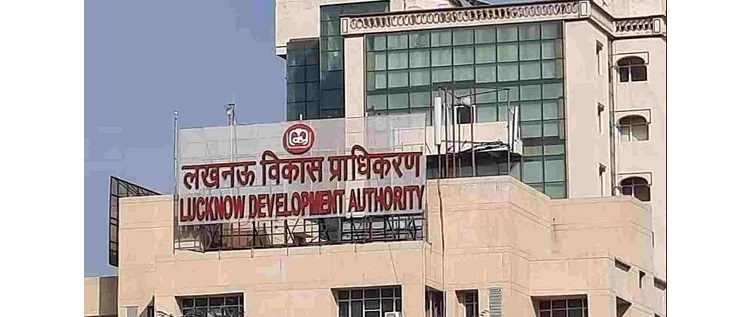E - PAPER
Decline in slum TDR sharpest in 20 years
Slum TDR or transfer of development rights generated from slum rehabilitation projects in Mumbai has seen its sharpest ever decline this year, the lowest in 20 years. In Mumbai's real estate industry, slum TDR is one of the most important construction incentives offered to developers who build ho
 BY
admin
BY
admin
Published - Tuesday, 18 Dec, 2018

Slum TDR or transfer of development rights generated from slum rehabilitation projects in Mumbai has seen its sharpest ever decline this year, the lowest in 20 years.
In Mumbai's real estate industry, slum TDR is one of the most important construction incentives offered to developers who build homes free of cost for eligible slum dwellers under the Slum Rehabilitation Scheme.
Instead of offering builders cash, the BMC gives these builders TDR certificates which they can use to build on another plot or even sell it to another builder. Every builder in the city utilizes slum TDR to build over and above the permissible FSI.
Official data shows that barely 71,472 sq m of slum TDR was generated from slum rehabilitation projects this year compared to over 2 lakh sq m in 2015 and 97,155 sq m in 2017. The highest quantum (10 lakh sq m) was generated in 2004 when a surge of slum redevelopment projects commenced, including those rehousing slumdwellers affected by infrastructure projects in Mumbai.
Industry experts said the quantum of Slum TDR has been declining over the past few years. The lowest level this year is mainly due to the stagnant property market in Mumbai and the confusion and delay in implementing the new development control rules (DP) by the state government. Morever, NBFCs have stopped funding builders for purchase of TDR.
Ashutosh Limaye, national director and head (research), JLL India, said builders may have adopted a wait-and-watch approach while the new DP rules are being finalized. "Builders may not have initiated slum rehab projects in the last few months as the entire city's plan is under process,'' he said.
Builder Nayan Shah said the slump in the TDR market was due to multiple reasons. "The overall economic scenario is bad and this has affected the real estate market. Projects are becoming unviable because the cost of high taxes, premiums and upfront payments,'' he said. Shah also blamed the delays in building approvals, especially environmental clearances and a slew of NOCs.
Architect ManojDaisaria said the decline in Slum TDR is because builders no longer find schemes to build houses for project-affected persons (PAPs). These projects earlier would generate a lot of slum TDR, but not many developers are interested in taking them up now, he said.
A developer, who keeps track of the Slum TDR market, said its sale this year is a measly 10% compared to last year. "Many builders are facing a liquidity crunch. Sales are few and there is a high inventory. So, not many are buying Slum TDR,'' he said.
Builders have reaped a bounty ever since the concept of slum TDR was introduced by the state in 1997. They have gone on a construction spree with suburbs like Andheri and Borivli facing the brunt of development activity.
Over 8 crore sq ft of Slum TDR has been used by developers to build towers and redevelop housing societies over the past two decades in suburban Mumbai.
More than half of this TDR has been loaded to construct taller buildings between Bandra and Andheri in the western suburbs. The government recently allowed it to be used in the island city, raising fears among civic activists that it could lead to further densification in the already congested enclaves.
Housing experts have criticized Slum TDR, saying it only helped builders to build luxury apartments on slum lands under the garb of slum clearance.
Vital tool for builders
TDR is a vital tool for builders because it allows them construction rights over and above the normal construction (FSI) that is currently permitted when they construct or redevelop buildings. TDR is generated when the developer/owner surrenders land to the government and agrees to rehouse slum dwellers or project-affected persons free of cost. In turn, a TDR certificate is issued that gives them additional construction rights.
RELATED STORY VIEW MORE
TOP STORY VIEW MORE

Mixed Outlook for Australia's Housing Sector In 2024
Mixed Outlook for Australia's Housing Sector In 2024
05 December, 2024NEWS LETTER
Subscribe for our news letter
E - PAPER
-

CURRENT MONTH 
LAST MONTH














